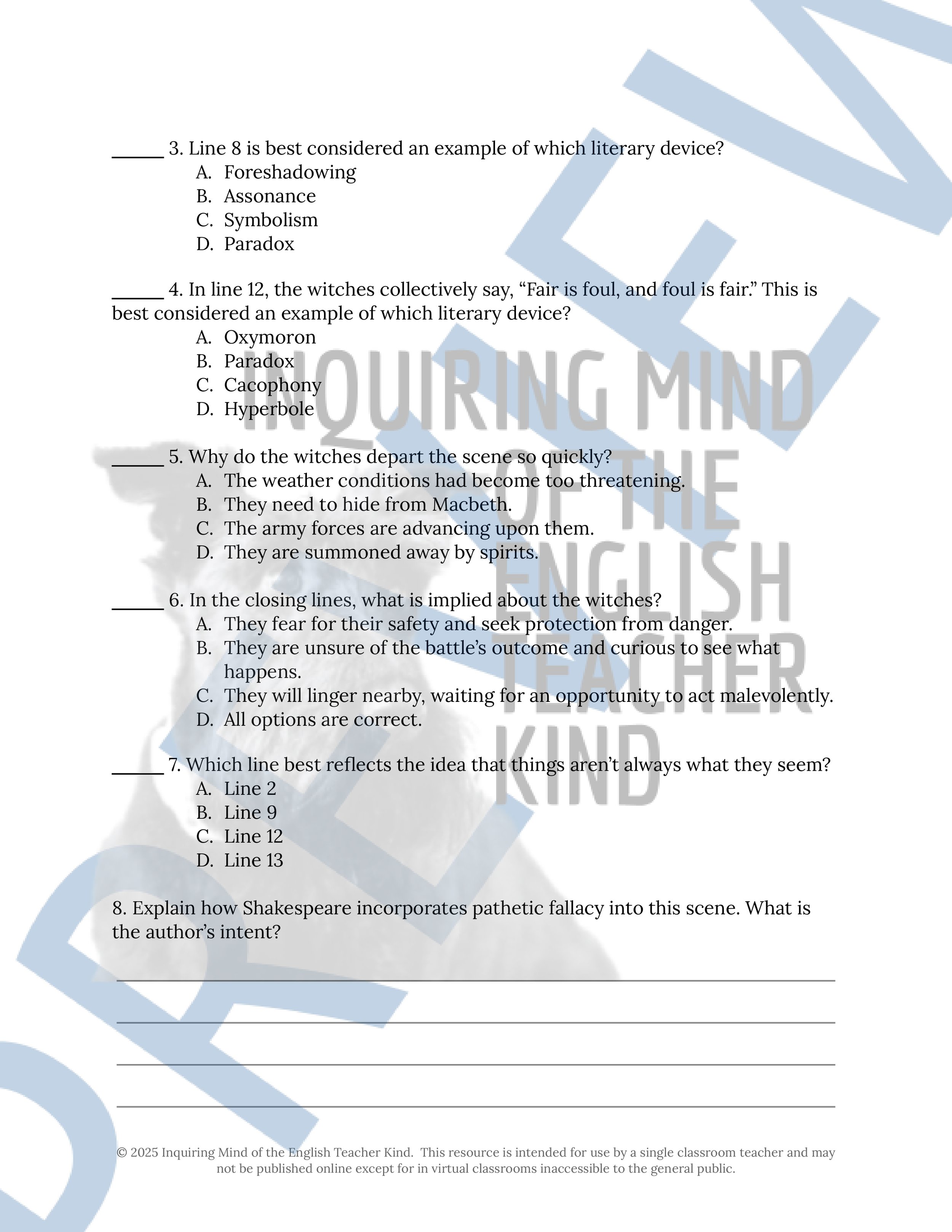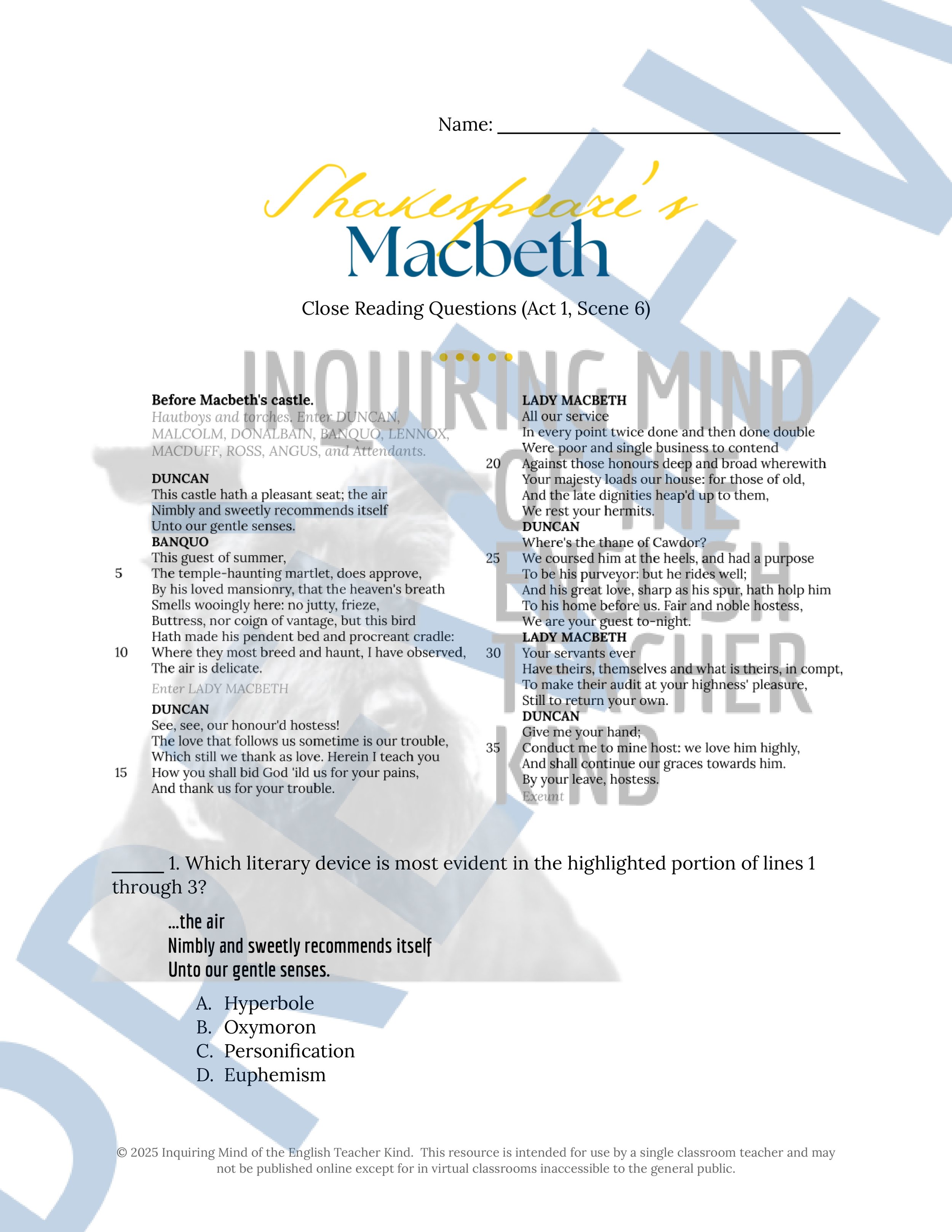 Image 1 of 32
Image 1 of 32

 Image 2 of 32
Image 2 of 32

 Image 3 of 32
Image 3 of 32

 Image 4 of 32
Image 4 of 32

 Image 5 of 32
Image 5 of 32

 Image 6 of 32
Image 6 of 32

 Image 7 of 32
Image 7 of 32

 Image 8 of 32
Image 8 of 32

 Image 9 of 32
Image 9 of 32

 Image 10 of 32
Image 10 of 32

 Image 11 of 32
Image 11 of 32

 Image 12 of 32
Image 12 of 32

 Image 13 of 32
Image 13 of 32

 Image 14 of 32
Image 14 of 32

 Image 15 of 32
Image 15 of 32

 Image 16 of 32
Image 16 of 32

 Image 17 of 32
Image 17 of 32

 Image 18 of 32
Image 18 of 32

 Image 19 of 32
Image 19 of 32

 Image 20 of 32
Image 20 of 32

 Image 21 of 32
Image 21 of 32

 Image 22 of 32
Image 22 of 32

 Image 23 of 32
Image 23 of 32

 Image 24 of 32
Image 24 of 32

 Image 25 of 32
Image 25 of 32

 Image 26 of 32
Image 26 of 32

 Image 27 of 32
Image 27 of 32

 Image 28 of 32
Image 28 of 32

 Image 29 of 32
Image 29 of 32

 Image 30 of 32
Image 30 of 32

 Image 31 of 32
Image 31 of 32

 Image 32 of 32
Image 32 of 32

































Macbeth Act 1 Quiz, Close Reading Analysis Worksheets, and Vocabulary Activities
Evaluate general reading comprehension and support the development of critical thinking and craft analysis skills with this bundle of formative assessments covering Act 1 of William Shakespeare's Macbeth. A plot-based quiz, seven close reading worksheets (one per scene), a vocabulary application activity, a crossword puzzle, a word search game, and answer keys are provided. Materials are delivered in editable Word Document and printable PDF formats. (Alternatively, a Google Drive bundle option is available.) By engaging with these activities, students will:
Identify what the text states both explicitly and implicitly
Discern the intended effect of Shakespeare's diction
Analyze language and articulate its intended effect
Discern tone in context
Determine the function of a given excerpt
Define complex and archaic words as they are used in the text
Explore how characters think, behave, interact, and develop
Apply knowledge of literary devices including assonance, simile, metaphor, personification, hyperbole, foreshadowing, paradox, allusion, situational irony, verbal irony, and more
Identify the best textual evidence in support of claims and inferences
Write about Shakespearean drama with clarity, accuracy, and precision
This resource may serve as the basis for small-group discussions in which students decode language and pose/respond to questions relating to plot, broad topics, and character development. Using this resource for structured guidance, students will improve their ability to present information, conclusions, and supporting textual evidence clearly and convincingly.
Materials are available for teaching a variety of Shakespeare's plays:
Evaluate general reading comprehension and support the development of critical thinking and craft analysis skills with this bundle of formative assessments covering Act 1 of William Shakespeare's Macbeth. A plot-based quiz, seven close reading worksheets (one per scene), a vocabulary application activity, a crossword puzzle, a word search game, and answer keys are provided. Materials are delivered in editable Word Document and printable PDF formats. (Alternatively, a Google Drive bundle option is available.) By engaging with these activities, students will:
Identify what the text states both explicitly and implicitly
Discern the intended effect of Shakespeare's diction
Analyze language and articulate its intended effect
Discern tone in context
Determine the function of a given excerpt
Define complex and archaic words as they are used in the text
Explore how characters think, behave, interact, and develop
Apply knowledge of literary devices including assonance, simile, metaphor, personification, hyperbole, foreshadowing, paradox, allusion, situational irony, verbal irony, and more
Identify the best textual evidence in support of claims and inferences
Write about Shakespearean drama with clarity, accuracy, and precision
This resource may serve as the basis for small-group discussions in which students decode language and pose/respond to questions relating to plot, broad topics, and character development. Using this resource for structured guidance, students will improve their ability to present information, conclusions, and supporting textual evidence clearly and convincingly.
Materials are available for teaching a variety of Shakespeare's plays:
Preview this resource:
Evaluate general reading comprehension and support the development of critical thinking and craft analysis skills with this bundle of formative assessments covering Act 1 of William Shakespeare's Macbeth. A plot-based quiz, seven close reading worksheets (one per scene), a vocabulary application activity, a crossword puzzle, a word search game, and answer keys are provided.













































































